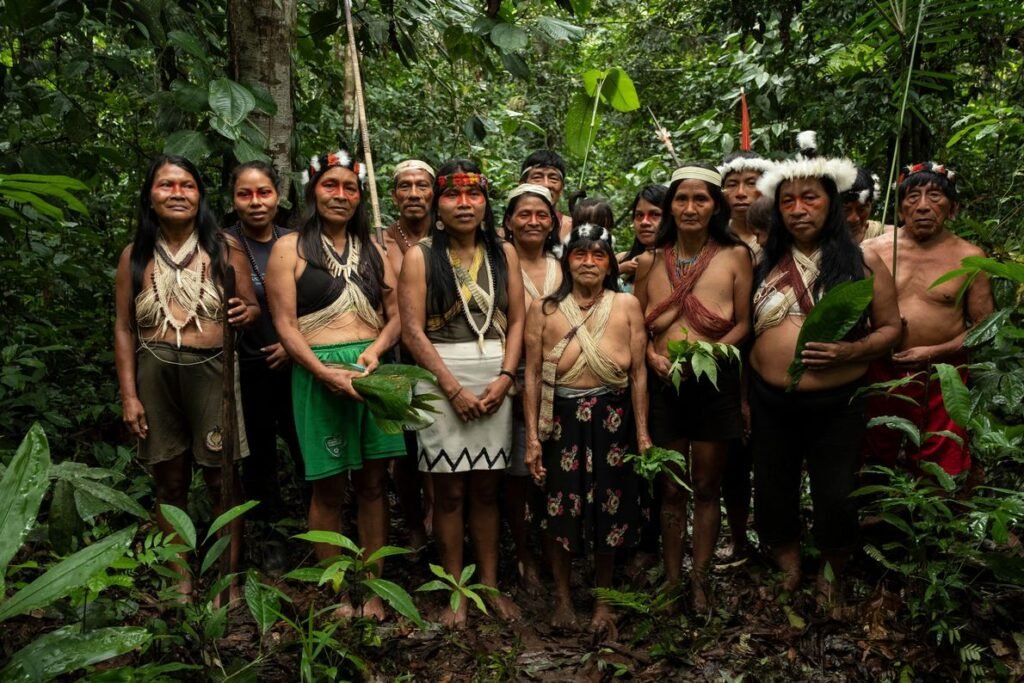Unforgettable activities
& moments
In the Ecuadorian Amazon Basin, known as the Oriente, much is still as it always has been. A tropical rainforest of towering trees, diverse flora and inhabited by the birds, animals, insects, reptiles and fish, much as it always has been. Sharing this forest are the indigenous ofEcuador's’ nine Amazon tribal groups many of whom still live a traditional lifestyle and some of whom In the Ecuadorian Amazon Basin, known as the Oriente, much is still as it always has been. A tropical rainforest of towering trees, diverse flora and inhabited by the birds, animals, insects, reptiles and fish, much as it always has been. Sharing this forest are the indigenous of Ecuador's’ nine Amazon tribal groups many of whom still live a traditional lifestyle and some of whom


The historical names, often coined as insults by outsiders, have now been replaced in favor of the correct tribal names, the Shuar and the Huaorani .The intrepid adventurer traveling with Safari can explore these rainforests by dugout canoe , along the rivers of the upper Amazon, while our guides explain the ways of the jungle. These rivers are home to a variety of wildlife including piranha, caymen, electric eel, pink dolphins and giant peiche, a variety of monkeys, river otters, jaguars and other mammal species.Toucans, parrots, macaws and the hundreds of other species of birds make the Amazon jungle one of the best birding spots in the world. Safari offers weekly camping expeditions to meet the Indigenous and to see the rainforest they call there home. In the Ecuadorian Amazon Basin, know as the Oriente, much is still as it always has been. A tropical rainforest of towering trees, diverse flora and inhabited by the birds, animals, insects, reptiles and fish, much as it always has been. Sharing this forest are the indigenous of Ecuador's’ nine Amazon tribal groups, many of whom still live a traditional lifestyle and some of whom have avoided completely contact with our culture.
#ANDES
Getting there


#ANDES
Health

#ANDES
Climate



#ANDES
Climate

Contact Us
Location Name
Quito - Ecuador
Head Office
Address: Av. Del Establo N25-33 Phone: +593 2 3670120 USA & Canada: (305)600-5732 e-mail: admin@safari.com.ec whatsapp: +593 996807207 QUITO - ECUADOR
Support
equadoradventure@gmail.com